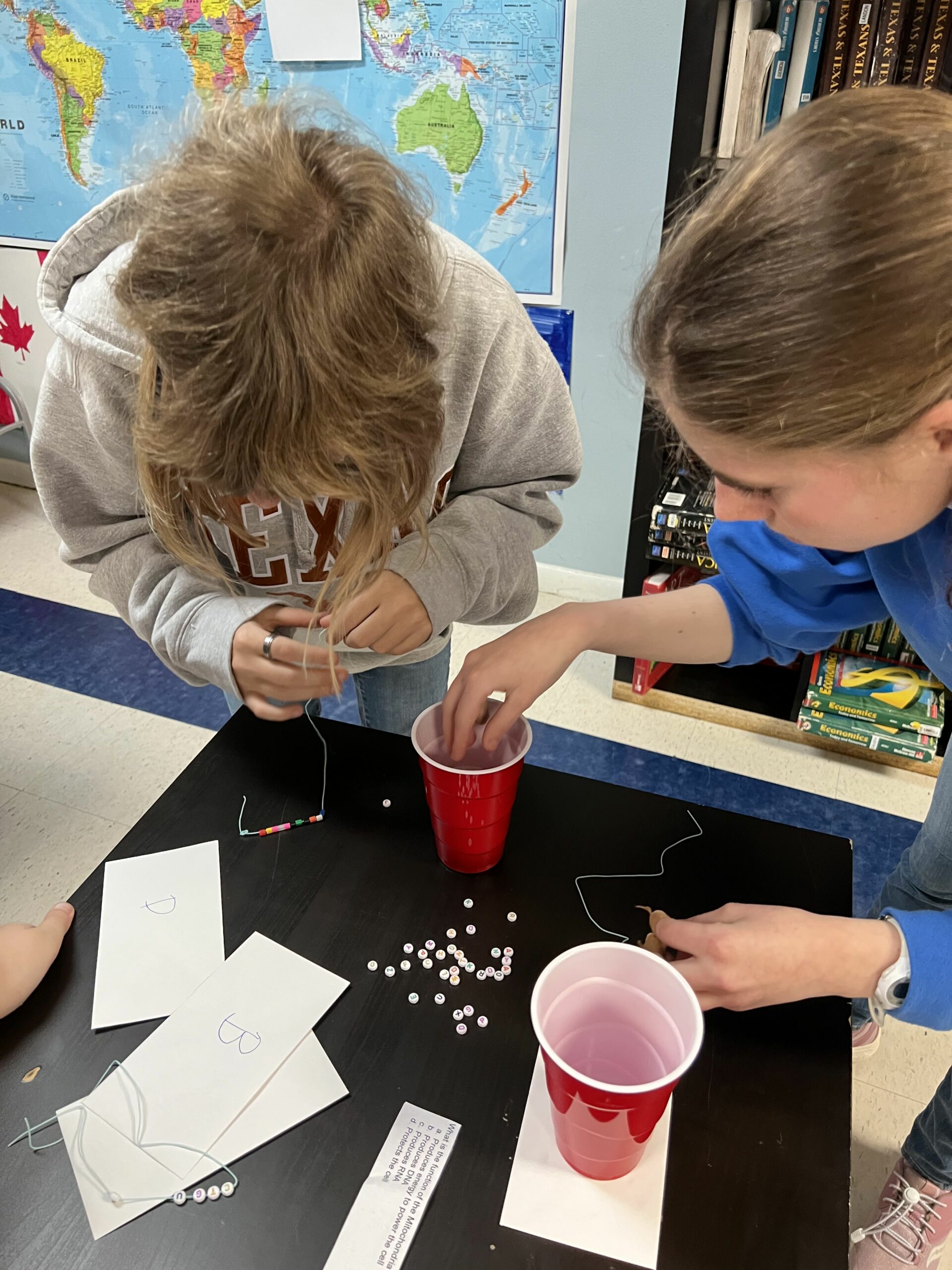5 Ways Neuroscience Can Be Incorporated into the Classroom
1. Modeling and Mentorship
By offering older students a chance to help younger students, all students benefit. Older students reinforce knowledge acquisition and younger students gain the benefit of mentorship and support that goes beyond the faculty. Peer-to-Peer study in pod-based approaches allow use of interactive learning versus lecture formats only. At Memorial Private School, a microschool, classes are intentionally small for grades 6-12 so learning support can take place more naturally. Students benefit from the individualized learning, but also from the directness of a student who may help the student learn in a different way.
2. Repetition and Variety
To improve the ability to absorb knowledge, neuroscience research is indicating that spacing lessons helps increase understanding and retention of information. Students need to learn from diverse areas using varied approaches and not be saturated with too much information too quickly. According to research, the brain actually creates new neurons when it learns new things in new ways. For this reason, research indicates that games, team activities and physical activity all have a place in the classroom. At Memorial Private School, students engage in interactive lessons, scientific experiments, learn Python, and use apps like FocusCalm.
3. Going Social Inside and Outside the Classroom
As social beings, students need to interact with people to accelerate learning on all levels: intellectual, social, and emotional. Gone are the days when students simply sit in their seats and memorize lessons by rote without social interactions. Findings in neuroscience are reinforcing the fact that kids need to have direct social experiences both inside and outside the classroom in various shapes and forms. At Memorial Private School, students are encouraged to help fellow students, work in teams, and do real world research projects. Beyond the classroom, social activities are incorporated into fitness, sports, clubs, student council, dances, proms, and weekend trips. These interactions have an impact on knowledge acquisition, but also affect communication skills, character development, leadership, and maturation.
4. Integrating Technology in the Classroom
Brain research on how we learn is continually providing educational enhancements for private schools. Understanding how to use these products and incorporate them into the classroom is often a topic within faculty training workshops. To addresses neurodiversity, technology is a great way to allow students to find methods that work best for how they learn. At Memorial Private School, the faculty selection may even include specific requirements for teachers who can can add to the use of new technologies. The growing focus on STEM subjects (science, technology, engineering, and math) in many private schools is not only based on the fact that students need to be prepared to enter these growing fields, but also based on how students can accelerate learning through interdisciplinary approaches to subject matter.
5. Creating a Growth Mindset to Address Brain Plasticity
If we want our children to be learners for life, understanding brain plasticity is key. By being lifelong learners, the brain’s decline can be addressed and slowed down. With this in mind, Memorial Private School encourages students to adopt a growth mindset. According to Dweck, “in a growth mindset, people believe that their most basic abilities can be developed through dedication and hard work—brains and talent are just the starting point. This view creates a love of learning and a resilience that is essential for great accomplishment not simply rely on inborn abilities or talents.” These types of findings in Neuroscience provide tools to help students learn how to stretch themselves mentally, physically, socially, and emotionally.
Seeking a Private Schools that Understands Brain Research? If you are looking for a private school in Houston that understands brain research, contact Memorial Private School. Feel free to reach out to the Admission Office to learn more.
